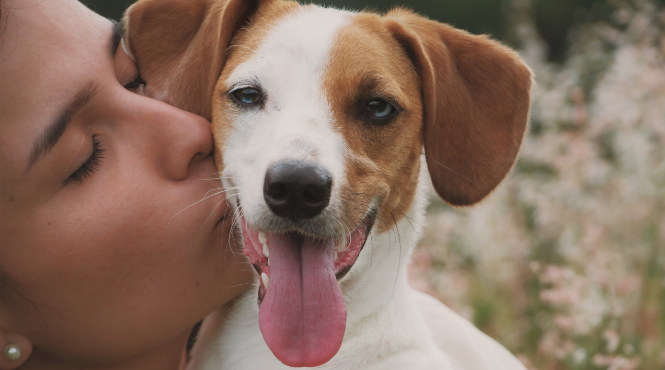5 Ways to Target Millennial Pet Owners with Your Marketing Strategy
We know how much Americans love their pets! Nearly 70% of all households own a pet, with 60.2 million home owning dogs and 47.1 million owning cats. These pet owners don’t just own their dogs and cats, either. They consider them members of the family, according to 90% of pet owners. Also, Millennials have, for the first-time, overtaken Baby Boomers as the most significant generation of pet owners. What does all this mean for pet brands and marketers? It means you may need to revisit your Millennial pet marketing strategy to reach these dog and cat-loving consumers.
Increase Images and Video
Who doesn’t stop scrolling their Facebook or Instagram feeds for those adorable cat and dog videos? Even those who don’t own pets love them. If you want to call attention to your pet or pet-friendly brand, then increasing video and images on your social feeds is a powerful way to gain more attention.
There’s no questioning the inherent power of video and images as a Millennial pet marketing strategy. Mobile video consumption increases by 100% year over year, and by 2022, video will make more than 82% of online traffic. When it comes to images, social posts—specifically tweets—get 150% more shares with images than posts without.
Take Advantage of User-Generated Content
Inviting users to share their videos, images, and stories provides brands with great content for their websites and social media platforms.
The types of content you can solicit from your customers varies widely. Subscription services like Chewy.com have had immense success with unboxing stories, where pets are shown quivering with excitement to receive and investigate everything in their monthly delivery. Kimpton Hotels also invites guests to share videos and images of their pups living a life of luxury in the hotel’s pet-friendly rooms.
As an added benefit, nearly 10 times more consumers find user-generated content more authentic and impactful than other content. That doesn’t mean you should stop your influencer campaigns, but it does mean you can increase the reach and recognition of your brand with additional consumer marketing strategies.
Consider Subscription Services
Pet owners are always looking for added convenience in their daily lives. This is especially true when it comes to providing for their fur babies. Owners’ increased attention to pets has changed the way they buy foods, treats, and toys – even health products.
Dog owners are seeking out natural foods and protein-based products like bison or duck. In addition, 27% are giving their dogs vitamins or supplements, adding up to a whopping $32.7 billion spent each year on food and treats.
A subscription service that provides one or all of the above can grab consumer attention. In addition to the success of subscription services, pet brand Chewy.com also realized buyers would visit their online store to purchase favorites from the subscription boxes they receive. Brand fans also shop the website for treats they’d hoped to receive but didn’t.
Give Pups Big Experiences
Yet another example of a successful Millennial pet marketing strategy comes from BarkBox. Last year, Bark launched BarkPark, a subscription dog park located in Nashville, TN. Unlike other dog parks, the BarkPark offers owners a place to buy coffee and snacks, as well as seating and Wi-Fi, so they can work remotely while their pups play.
Petco also jumped on the experiential marketing trend, opening kitchens in their stores where buyers and their pets can watch chefs prepare gourmet food to take home. Other brands are experimenting with puppy parties, pop-up shops, photography sets—anything to give consumers another chance to pamper their pets.
Influencers Are Magic
Influencer marketing gets significant results in many industries, and pet marketing is no exception. But in this case, the influencers are the pets themselves. It’s a magical trifecta: the magic of dog and cat videos and images, user-generated content, and influencer marketing power, all rolled into one.
If you’re not familiar with some of the most famous pet influencers, check out Grumpy Cat. Or Doug the Pug, who’s worth half a million dollars and has appeared in music videos with bona fide stars like Katy Perry and Fall Out Boy.
Influencer WeRateDogs isn’t one specific pet, but instead an account filled with user-submitted pets begging for cuteness ratings. The account didn’t start as an influencer outlet, but has since taken on campaigns for the Dumbo and Lady and the Tramp movies, as well as TV’s Sabrina, Tito’s Vodka, and even Cottonelle toilet paper.
However you plan to reach Millennial pet owners with your marketing strategies, one thing is clear: You’ll need to step up your game if you want to earn your share of the $75.38 billion owners will spend on their pets this year. If we can help, don’t hesitate to reach out.

